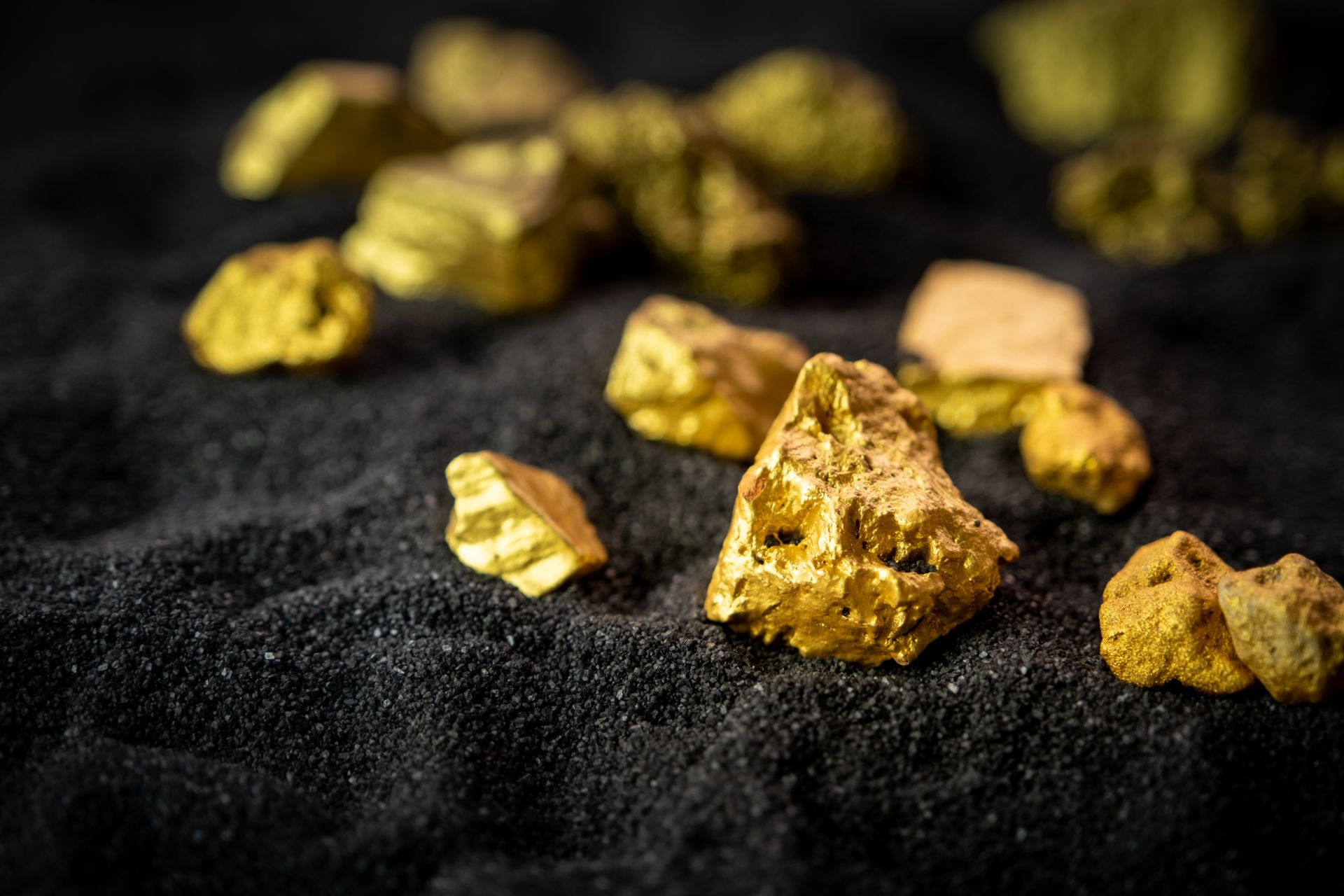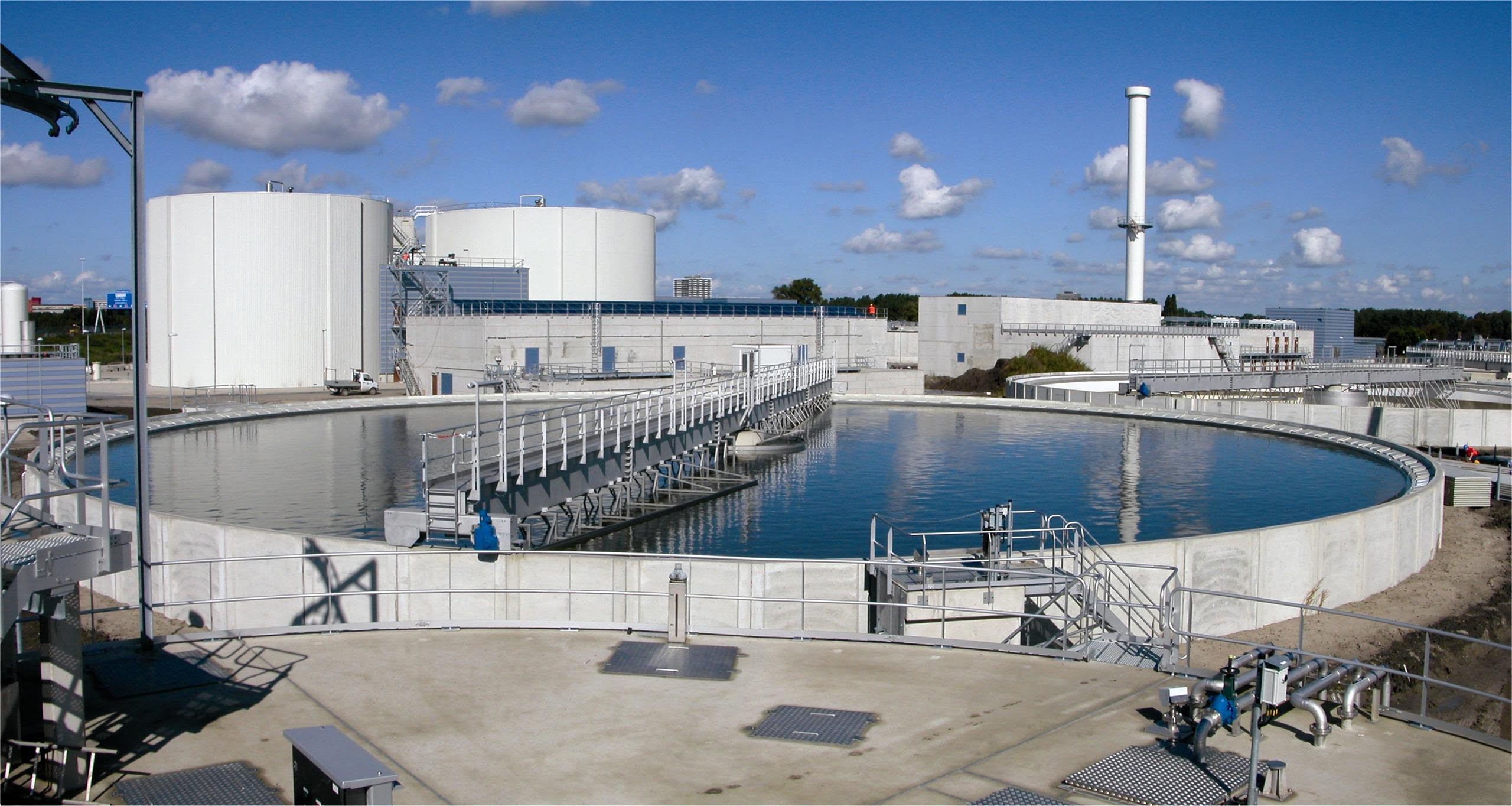Oil and Gas
Activated carbon is essential in the oil and gas industry. It helps clean up oil, gas, and related fluids by trapping harmful substances. Its porous structure and large surface area make it great at this job. Activated carbon is used in refining, petrochemicals, and cleaning up environmental messes caused by the industry.





